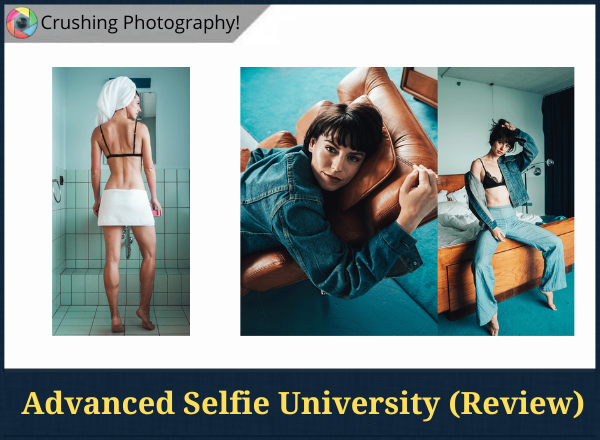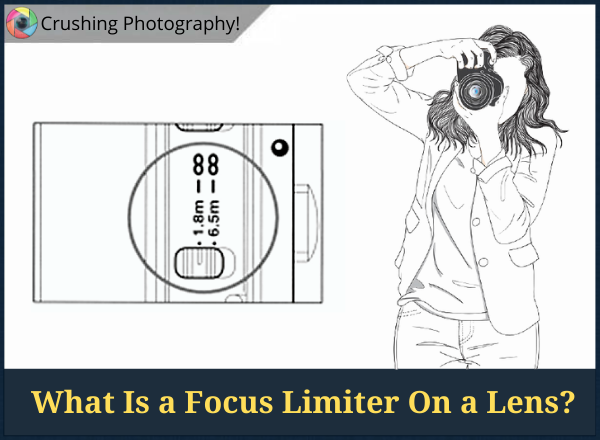
What is a focus limiter switch on a lens and how to use it?
Look…
Close-up photography is a fantastic way to give focus and emphasis on tiny and vivid details of a particular subject.
But sometimes, lens focus strays away too much, it keeps you from capturing the best moments, which would be a total bummer.
The good news is that focusing has now been made easier with the availability of the feature known as the focus limiter.
And that’s exactly what we will be talking about today.
We’ll cover the following:
- What is a focusing distance range selector switch?
- Its importance and functions
- How to use and apply it in your shoots
Without further ado, let’s get started.
What Is A Focus Limiter?
Without a doubt…
Focus limiters are one of the most underrated photography functions.
They’re a great way to improve your images without spending a lot of money or time.
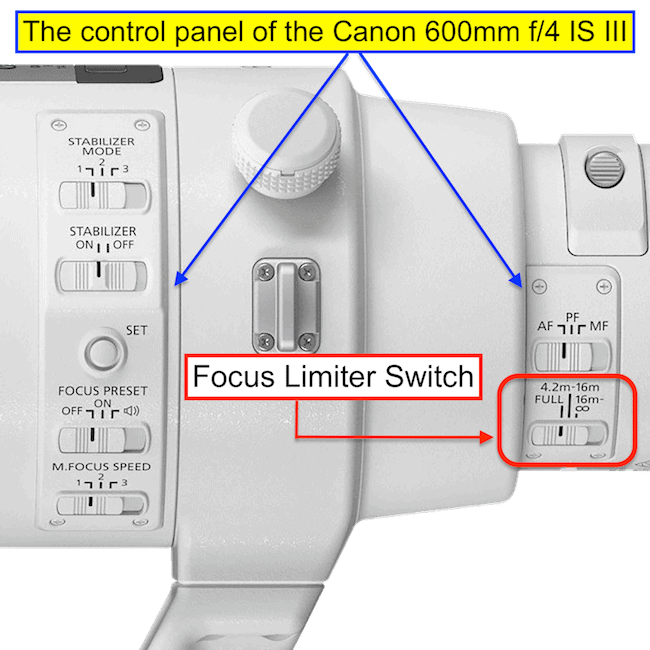
It is something that will help you determine how much depth-of-field you want in your image. It attaches to the front of your lens and has two settings: infinity and near, which is typically 3 feet from the camera.
The infinity setting gives you more depth-of-field while the near setting allows for increased sharpness at close distances (such as portraits).
This switch is commonly seen on a macro or telephoto lens that has the ability to focus from a few centimeters up to long distances.
If you intended to capture an object that is far away, you’ll just need to set it to the desired distance that will limit its focus on other objects so your subject will be more clear and crisp.
The focus limiter is able to focus on your subject at a faster rate and is more accurate because its functionality has its settings controlled up to where it will “hunt” for the subject.
It makes your job more convenient and easier since your lens will no longer take some time to look around to find its focus object.
Next, what does a limiter do?
What Are Its Functions?
These days, most macro photography lenses come with a focus limiter switch that will help you focus on a specific distance.
That is why, when looking for a new lens, it is ideal to look for the ones that have a focus limiter especially those who are into long-range photography.
Its main function is to help you put emphasis more on the subject by ignoring irrelevant objects that are nearer and farther.
By controlling the lens to ignore the irrelevant scope of the zoom range, only less area it needs to search through to find focus.
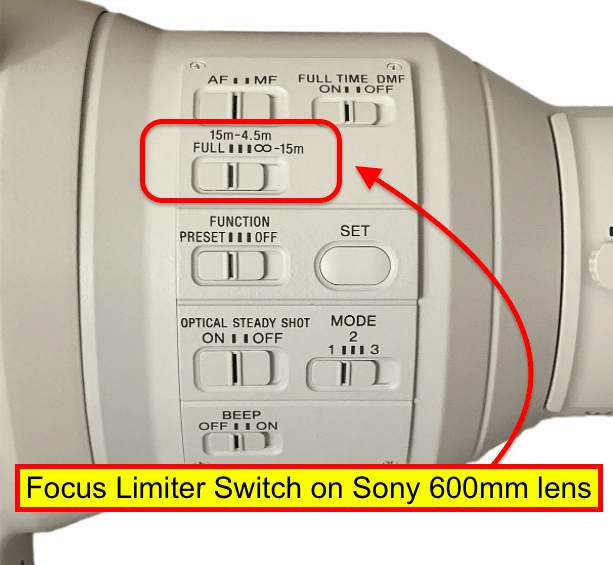
And by setting and fixing your range limiter, the subject is targeted more precisely.
If you are used to cameras that have an automatic focus feature, you might think that a focus limiter is a complicated thing. But, to be honest, it is not as complicated as you think.
I am using a Sony 600mm f/4 lens. Let’s check its two functions which are the Position 15m-4.5m and the Position ∞-15m.
- Position 15m-4.5m
Positioning your limiter switch in this setting will maintain the lens from focusing farther away than 15 meters. If you are doing portrait photography, this is the best option.
- Position ∞-15m
There are moments when the lens is acting up and keeps on focusing on irrelevant things that are closer.
To avoid this, choose the ∞-15m setting so it will keep the lens focused on the subject closer than 15 meters.
Operating A Focus Range Limiter
Now…
We already know the functions of a focus switch.
As soon as you know how it works and operates, you can easily understand how to control your lens to get a precise and clear view.
Before using it, you need to determine whether you are going to set it to full or limit. The distance range that you will choose would depend on how far or near the subject that you are targeting.
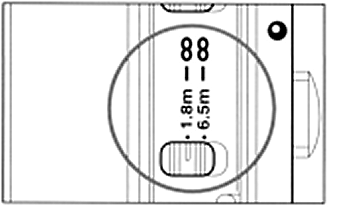
I think those who have tried using it would agree that catching a specific moment is easier because the camera will no longer be hunting for the possible subject.
How great is this feature?
The focus limiter is meant to have control over the focused objects. If it is used on a broader view like what landscape photography is, most parts of the photo will become blurred.
But, if you are trying to take a photo of your subject in nature, say wildlife or bird photography, this could also be a good way to keep the focus spot on!
Choosing Lens with Focus Distance
Let’s take a closer look:
It is true that its usage would still depend on your preference and on your photography needs.
By controlling the lens to ignore the irrelevant scope of the zoom range, it only has less area that needs to search through to find the focus.
Through this alone, you will definitely speed up the shooting process by a couple of notches. It allows for more efficiency in your workflow if you ask me.
So my point is, getting a new lens with a focus limiter is a great investment.
You might think about its high price but you can use it in different kinds of photography so I’m pretty much sure that after a few good use, you’ll realize how much it is worth it.
Focusing Range Limiter: Final Thoughts
All in all…
Based on what we have learned about the focus limiter, it takes a little bit of getting used to. But once you already get the hang of it, the effects can really be outstanding!
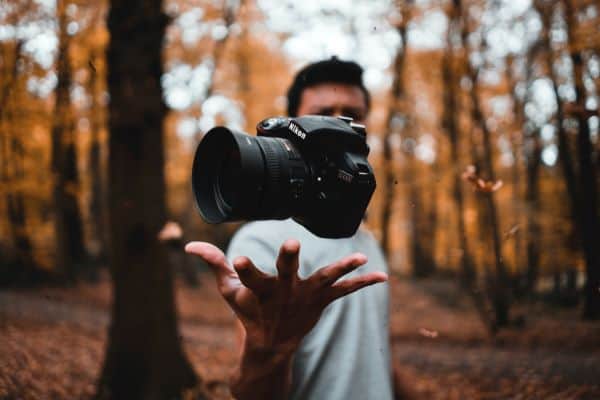
Just a piece of advice: be keen on choosing your gear.
As much as you can, always aim for products you can benefit from for a long time. Quality over quantity, as they say.
Remember, a camera may be filled with high-end features but the most important thing is that it meets your needs for your specific line of work.
Now, I’d like to hear from YOU:
- What do you think about this focus limiter guide?
- Do you now want to invest in a range focus lens type?
Let us know your thoughts in the comments below!

